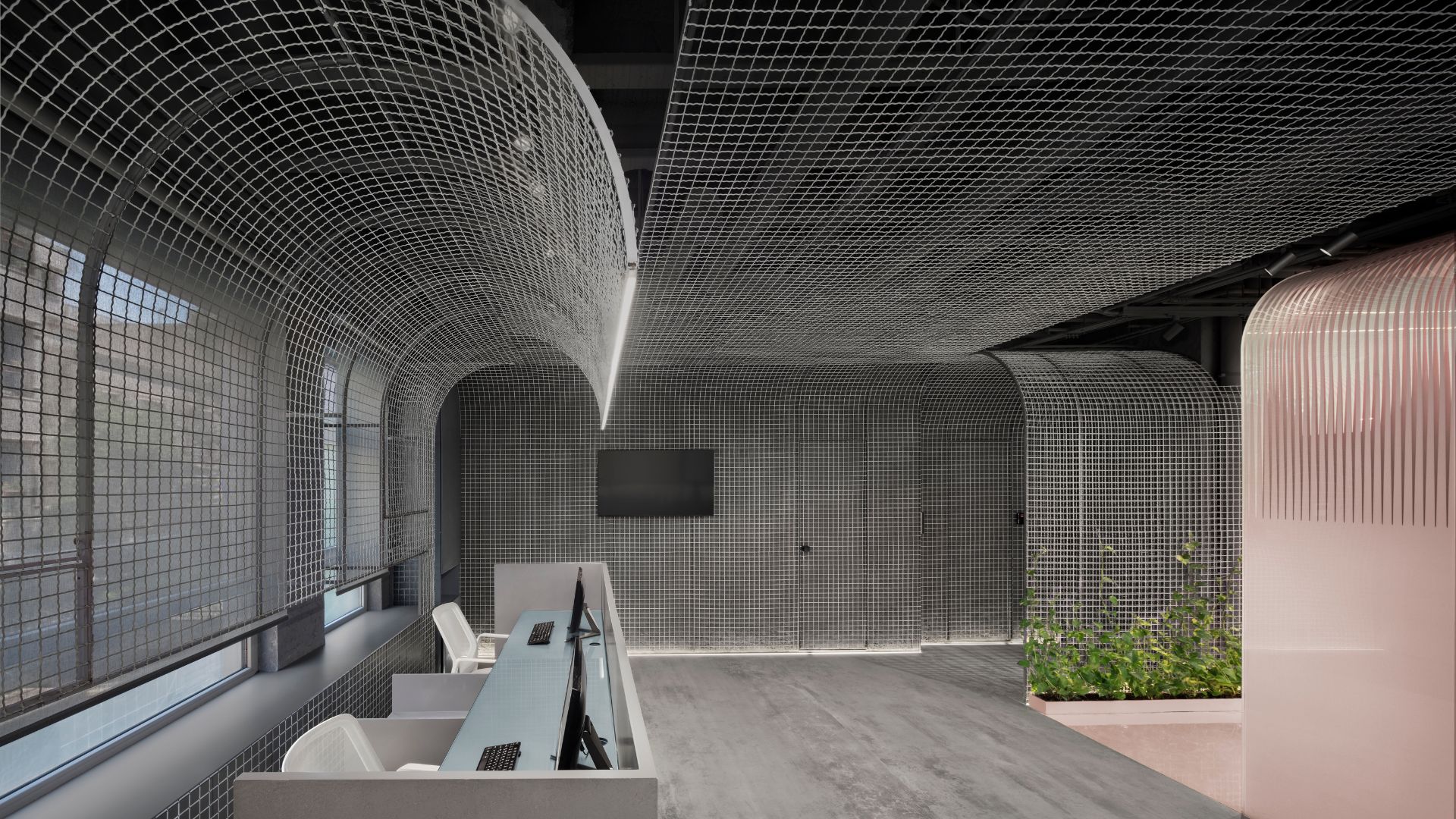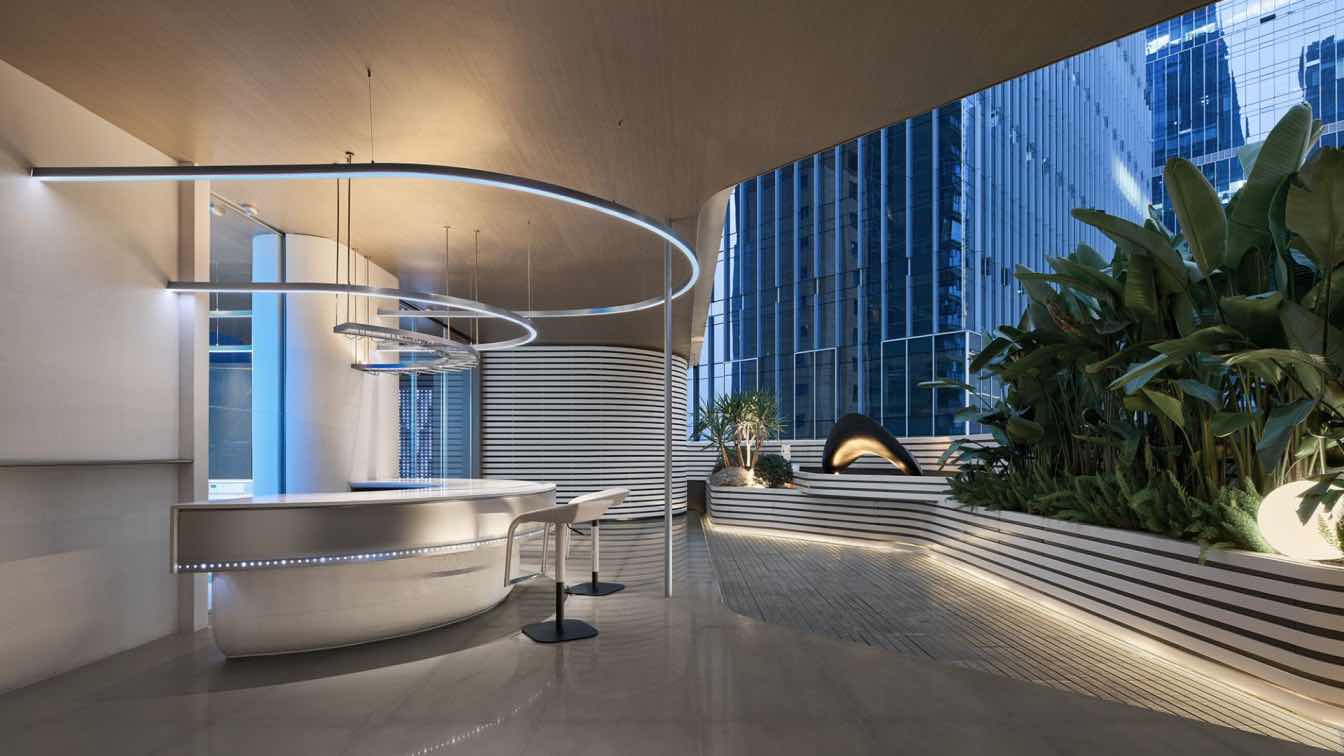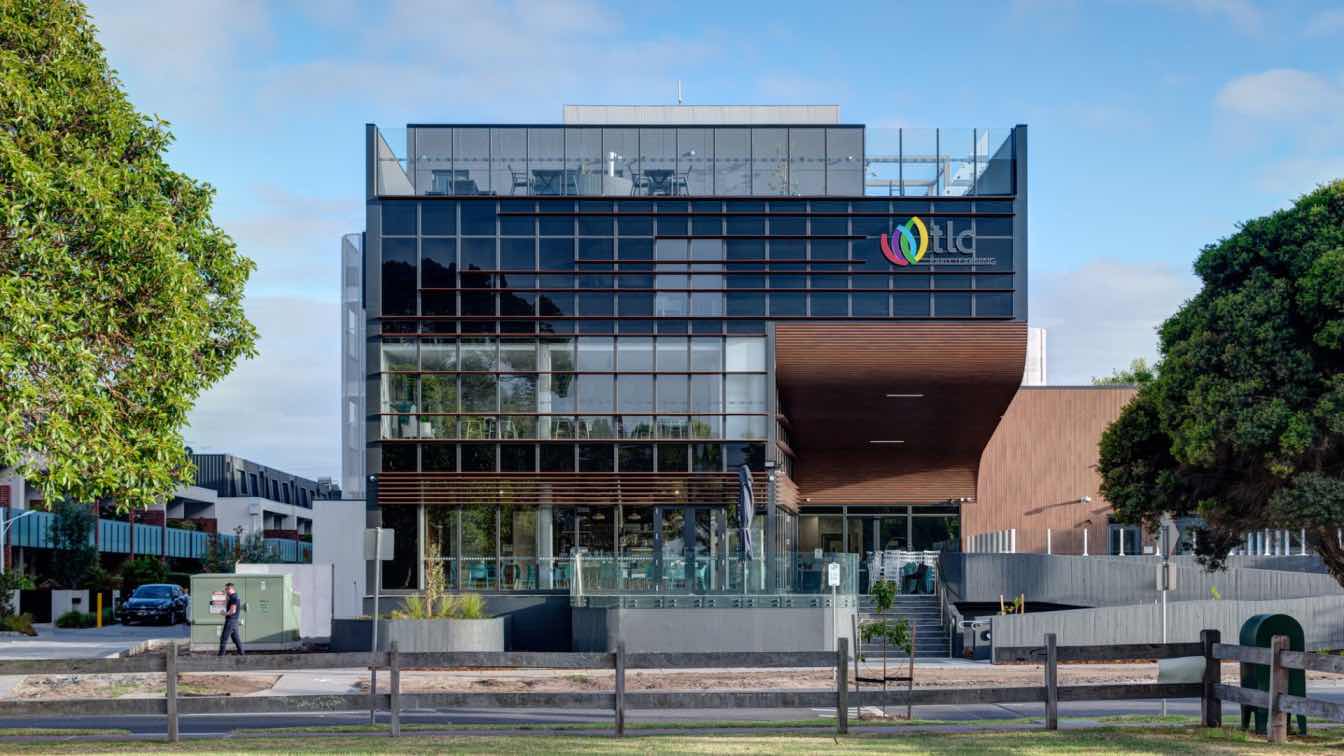Designing a healing and restorative facility like a Maggie centre is an honour for any architect. Many architects have designed Maggie centres before such as Gehry, Zaha Hadid, Rem Koolhaas and many more, it was inevitable to do research on what was designed before. Seeing this project as a snapshot in the long list of initiatives to support truly restorative design, one piece to contribute to the honourable path of creating healthy and healing environments.
The AZ-Zeno hospital is the client and was in touch with the Maggie care organisation. They were inspired by the Maggie care philosophy and make this the first Maggie care inspired facility in Belgium. "In 1995, the founder Maggie Keswick Jencks, wrote this about her experience of cancer:“A diagnosis of cancer hits you like a punch in the stomach…No road. No compass. No map. No training…At one time, I could not sit, or lie, or stand, listen or speak coherently because my shattered mind vibrated so violently through my body I felt I might disintegrate.” Over the course of seven years, Maggie experienced cancer diagnosis, treatment, remission and recurrence. During that time, she took the insight and experience she had gained and transformed it into a pioneering approach to cancer care.” (Maggie’s Architecture and Landscape brief)
When Martin, Michiel and Viktor from Ark-shelter started to work together with me, Menno, it was to focus on the users. Applying UX Principles to the design process and understanding the human from a biological and neuroscience perspective. Finding a way to design a kind of “brain healthy spaces”. Taking into account academic research from John Paul Eberhard, Juhanni Pallasmaa, Eve Edelstein, Ulrich, Kaplan & Kaplan and many more. Who am I as a user of this space, what are my physical, physiological, psychological and social needs and peel down the structure to moments. Moments of delight, comfort, support or sadness. Through an understanding of what the (medical) journey could be, whatever the outcome would be. The challenge was to make a space that allows for all these different emotional touchpoints in this journey for the patients as well as their loved ones.

The concept was around the idea of “a warm nest”, a space to come together, a welcoming space, not intrusive nor invasive. Focusing on calm gatherings, time to reflect, relax, regain strength, get together with loved ones, embark the journey to recovery in peace. A soft ramp will guide you into the Centre, a front door is set back from the facade to protect from wind, provide a safe entrance and remove the hospital look and feel. The building throughout can breath and is penetrated by nature and views. Almost every seat has direct visual access to the outside. The windows on the top will ensure there is always gradual light throughout the building yet providing privacy.
A mixture of direct and indirect views will allow different individuals to find different comfortable nooks where they can be themselves. Different spaces will allow for different individuals, different stages, and different group configurations to all be comfortable. There is a warm fireplace to bring people together, to bring warmth and comfort. Flexible seating arrangements for comfortable gatherings from single to groups of 8 can easily fit in this space. The dining room is the heart of the house. The place with the most light, allowing for a space to gather for introverts as well as extroverts, sun and shade, view outside, or into the comfortable courtyard. Protected yet not enclosed.
Directly accessible from the entrance there is an office space, for administrative tasks as well as formal matters that need to be taken care of by the volunteers. Therapy room I is wheelchair accessible, all therapy rooms are welcoming, the same light wood as used in the rest of the building to give it a warm and homely feel. Non-traditional therapy room setup following the same design language as the library, living room and office. Making it less clinical and more approachable. The therapy rooms upstairs are a bit further away from the core of the house. No hallways, no names on the doors. Comfortable spaces to get the right information, treatment or consultation you need.

The group therapy room is open and adjustable, from group sessions on the floor to more formal settings, this room can be used entirely based upon the required setting. In all terms, showered with light, this room has a sunroof to make the space feel open and make it easier for people to connect. The terrace is sheltered with a wall of wood in the language of the building protecting from the wind or views. Providing safety and privacy or to enjoy a moment of air, a breath or peace. Direct access to the courtyard will make this a comfortable space to retire for a moment alone, or gather in the open air.
The courtyard, a serene and calm slice of nature, lavish green, protection from wind. The play of light that this skylight will provide will transform the space throughout the day and throughout the seasons, from warming colours to bright patches the wood will reflect the light and warm up the space. Therapy under the sky all on a journey under the same sun, to be comforted and hugged by a ray of light. After all, a place to come, to relax, to be safe, a warm nest. Lastly, on a more personal review, the topic of sustainability is important to highlight.
I want to address a different angle on sustainability in this concept. I am not going to point out the obvious emphasis on wood and other construction materials or the fact that a lot can be prefabricated and increase the onsite operational efficiency. What I want to focus on is real sustainability. Sustainability is about conscious decisions that don't impact future generations negatively. We all know that buildings impact us, for better and for worse. In certain spaces we will have a slightly higher heart rate, an elevated level of cortisol or dopamine.
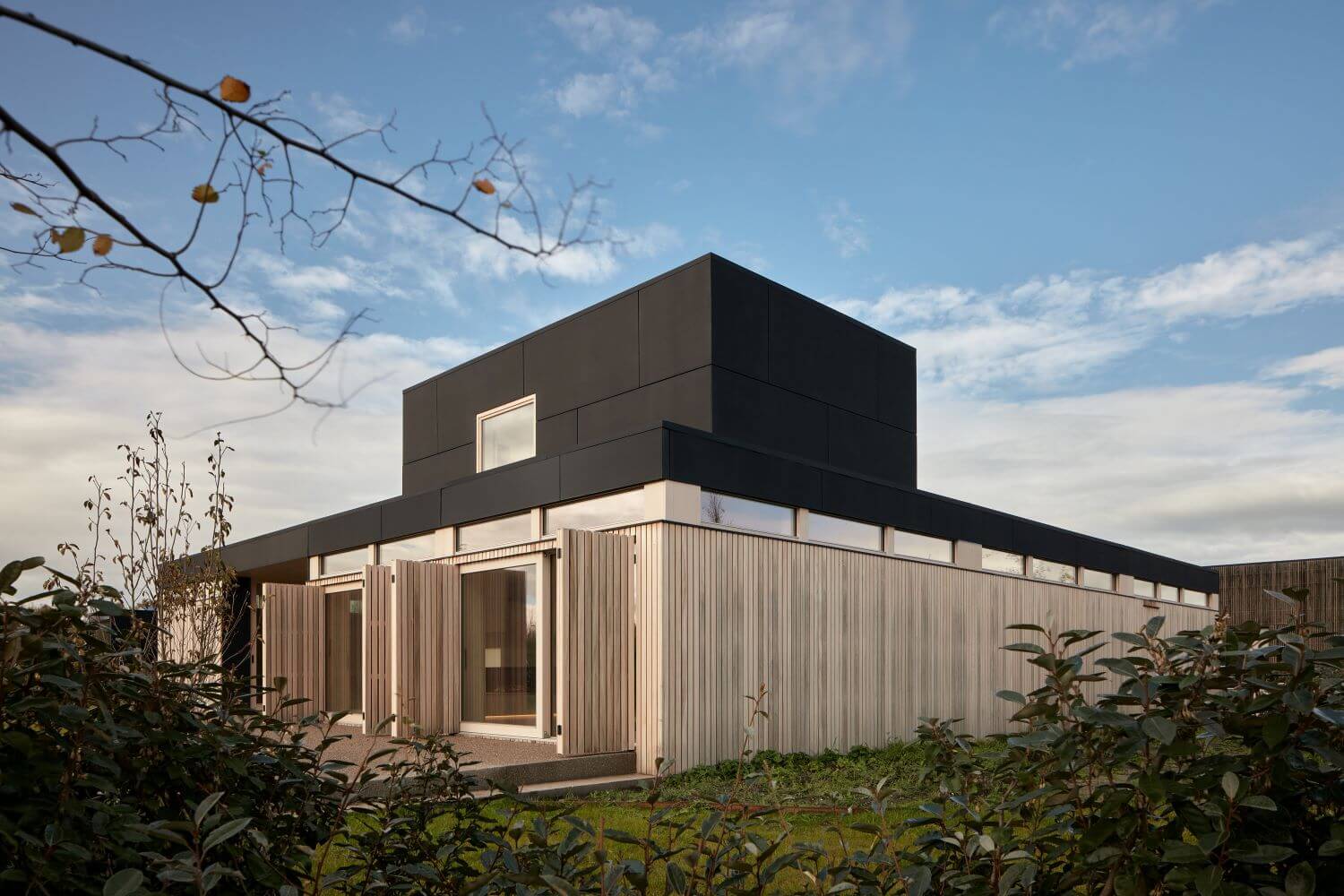
The reverberation time of the sound can make me feel comfortable to share in a social setting, feel comforted, like a warm blanket around my shoulders. The key to this building is the understanding of true sustainability. Building a building that doesn't have a negative impact, and even can be restorative, to give better health to future users and generations. That is a truly sustainable building for life. (Menno Cramer, neuro-scientist consultant)
Architectural solution
A beautiful thought calling for architecture that will allow it to fly. We fully respected our task: to create a space for patients that need a lot of mental peace and calmness. Our main help became cooperation with a psychologist and architect who has been interested in the influence of space on the human consciousness for a long time. Before the first proposals, we analyzed and discussed various levels of intimacy in each room. It was essential to understand what each space needs and how should the patient feel there. This process was not short. Each room was given its own story. Soon after realisation, this principle was validated.
The construction was carried out using our Ark-shelter modules. Uniform 4 x 6-meter modules form together a strict and rational grid, but from the patient's point of view, the movement is fluid and organic. The overall movement in the building oscillates between two illuminating atriums, created by omitting the internal modules of this twelve-position grid. Consequently, we moved these two modules up a level, achieving a new degree of intimacy, and leaving the dialogue only between patient and doctor, under the open sky. (Ark-shelter and ARCHEKTA)





















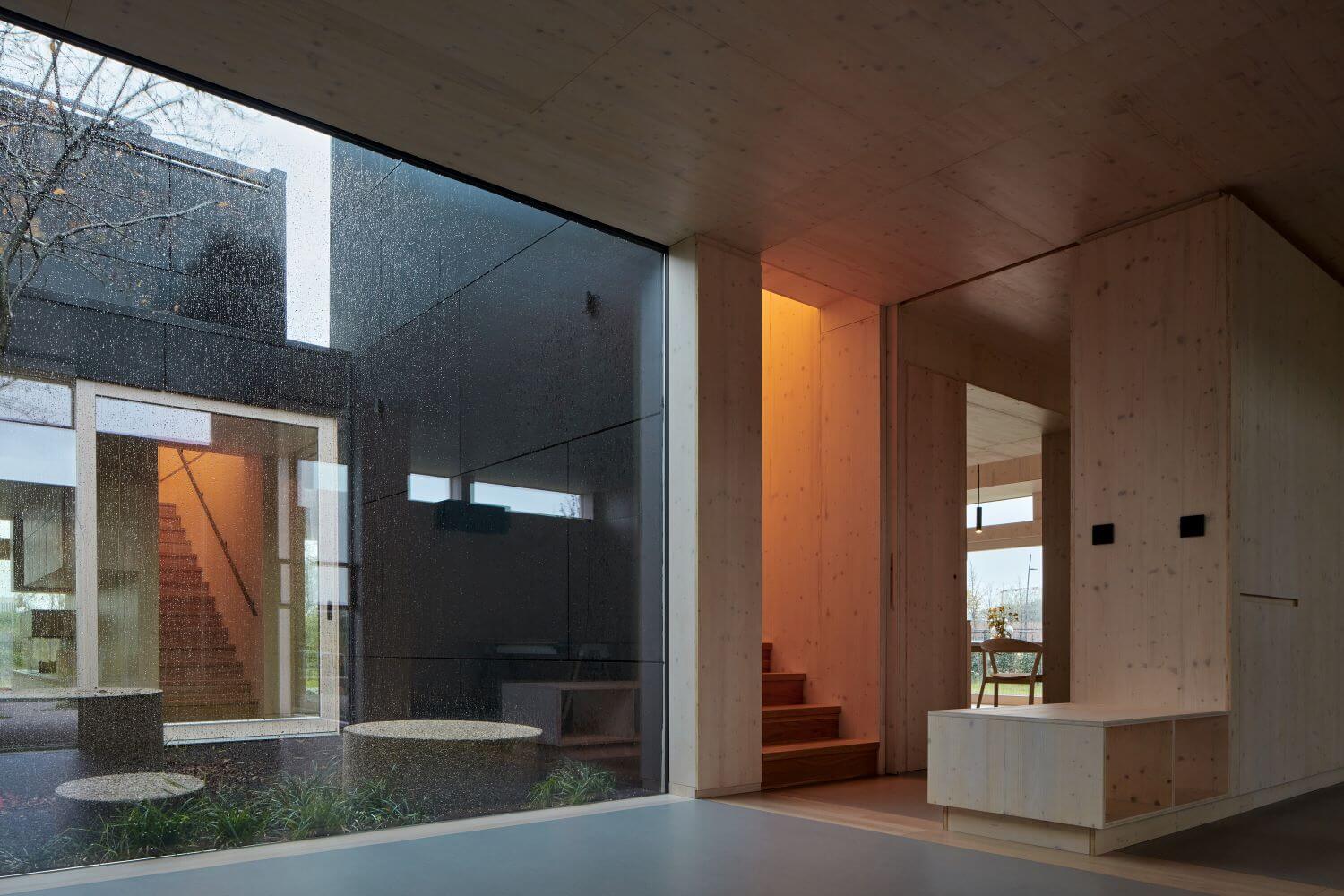













About studio
Architects Martin Mikovčák (*1992 in Čadca, completion of studies in 2017 at FA STU, in 2019 at VŠVU) and Michiel De Backer (*1991 in Bruges) began their cooperation at the KU Leuven´s Faculty of Architecture in Ghent. In 2015, they jointly established an atelier and a workshop for modular buildings called Ark-shelter and built their first prototype. "The construction of models has grown to a scale of 1:1, which allows us to be in control up to the final handover of the project." Since then, Ark-shelter has realized around 300 different modules scattered all over Europe. They have also been awarded with: Student Entrepreneur of the year 2016 UNIZO Belgium, Birdhouse scale up competition 2017, CE ZA AR 2019, RED DOT design award 2020, BIG SEE architecture award 2022, and others together with Viktor Mikovčák (*1997 in Čadca, completion of studies in 2021 at FA STU), who has been continuously involved in the cooperation. Currently, Viktor alternatively figures in both Ark-shelter and in his atelier Archekta, with its very own tradition that stretches back to 1991, when founded by Stanislav Mikovčák (his father). Nowadays, all three of them, Martin, Michiel, and Viktor, together with their team design and implement with the Ark-shelter modular system different buildings for various uses, from recreational shelters in forests and floating restaurants to administrative or community centers composed of several modules. What they try to present is the modular architecture in the position of a tool capable of respecting both the genius loci of the place and the essence of the biological-sensory experience of the space by the users.


